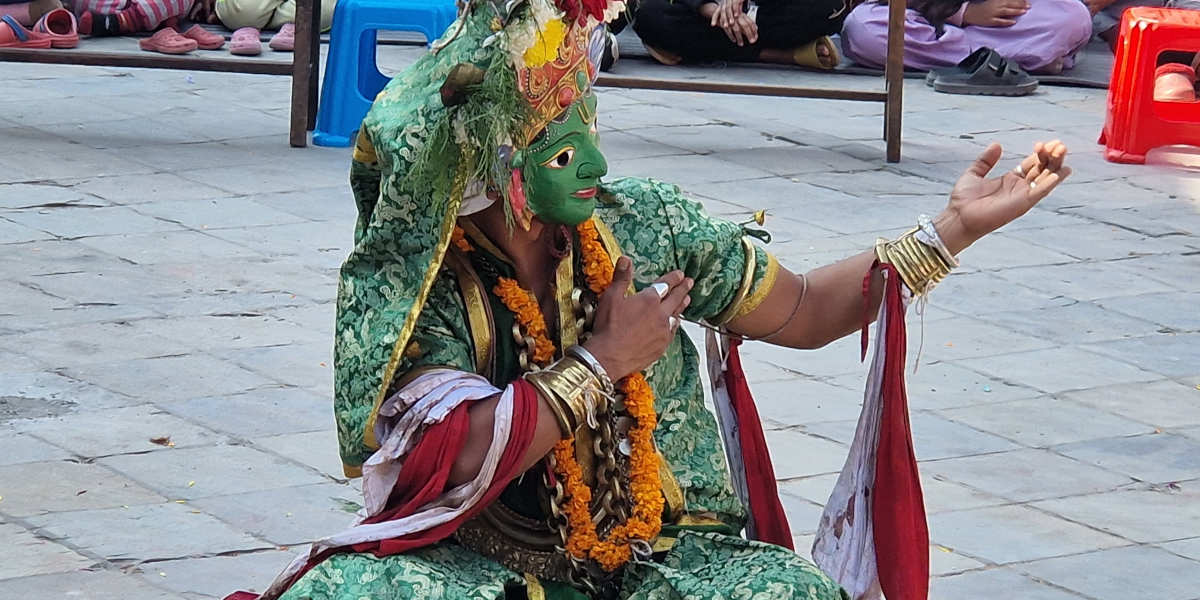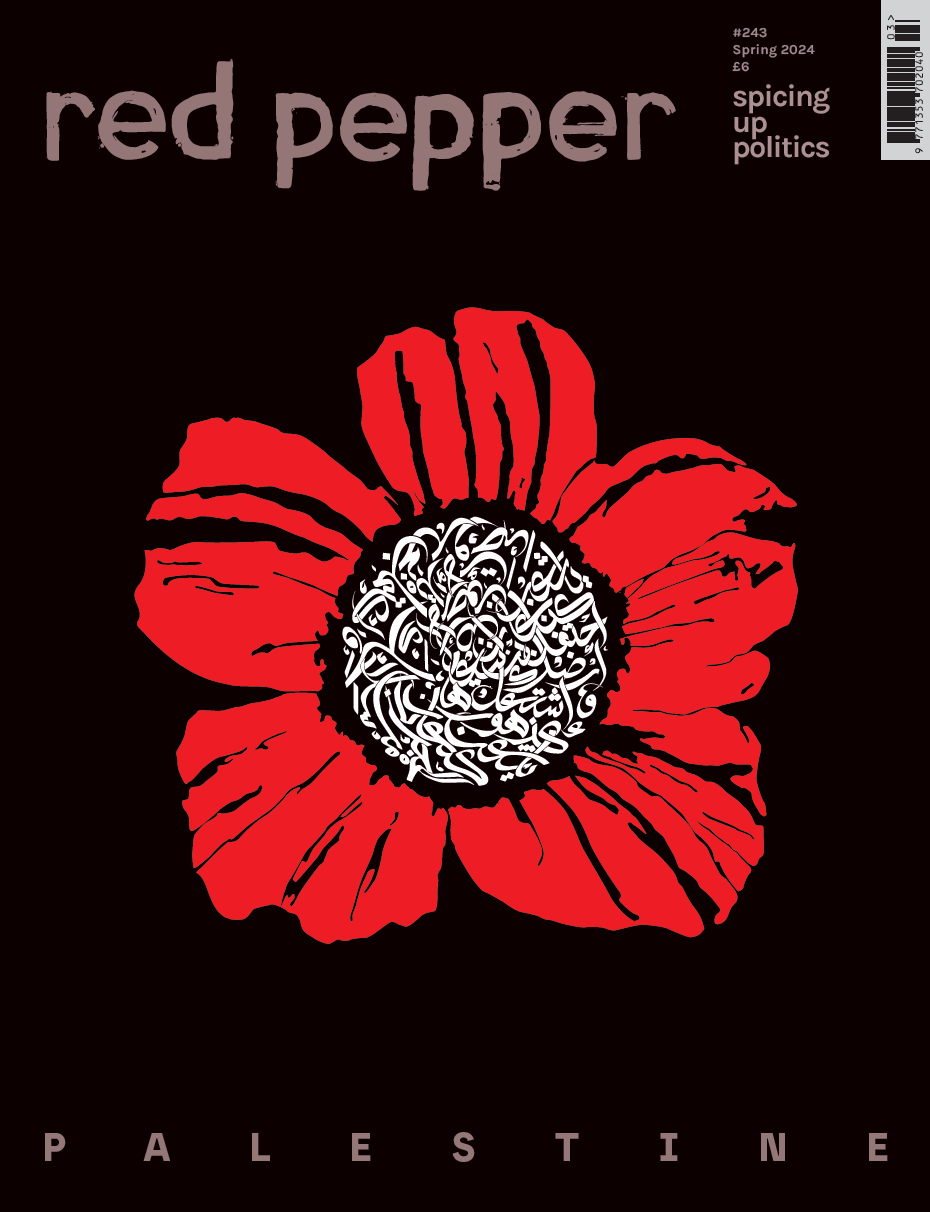Every June, rainbow flags bloom like seasonal flowers. ‘Pride Month’ marks the anniversary of the 1969 Stonewall Uprising in New York City but now arrives with sponsored parades, social media campaigns, and institutional performances of allyship around the globe. An important moment of US community resistance has been elevated into the defining myth of global LGBTQIA+ liberation. It is not a good fit.
In Nepal – as in India, Mexico, Samoa, or Indonesia – our expressions of queerness and liberation did not begin in 1969. Centuries ago, laws imposed by colonial forces criminalised our same-sex relationships, multiple gender identities and varied family structures. After the British boots came American evangelism. Now, INGO, UN, foundation and corporate donor funding are locked into a Western script that continues to erase and restrict diverse identities and forms of resistance.
US and European organisations tell us what liberation should look like, what flags to carry, when to celebrate (even when June brings heatwaves and monsoons), and how to define ourselves – while ignoring local queer traditions, rituals, and festivals. This is not global solidarity. It is soft colonialism.
That tragedy is not only ours to bear. By flattening global queer expression into one Western script, queer people in the global north close their minds to older, more fluid and more inclusive ways of thinking about gender and sexuality.
Where do hijra, kothi, fa’afafine, muxe, bissu, or ashtime fit into ‘LGBTQIA+’? These are not sub-identities or exotic footnotes captured under English terms with a ‘+’ or a ‘*’. They are sovereign gender categories with spiritual and social depth. For those able to think beyond borders and binaries, they can be a pathway to more liberated futures.
Understanding gender
In many Indigenous and Asian cultures – including ancient Nepalese, South Asian, Native American, Polynesian, and Buddhist traditions – gender is not a fixed, exclusive identity. It is a journey: a natural unfolding or relational reality rooted in body, mind, spirit, and community.
In matriarchal times, before European-Christian impositions, Nepalese cultures recognised (at least) six or seven genders, including singaru, meti, maruni, vipurushika, nastri, kinnar, and kinnari. Buddhist texts mention five. Dhami and Jhankris spiritual healers were traditionally gender-diverse – neither man nor woman; neither ‘cis’ nor ‘trans’.
Gender variance is embedded in our sacred art and temple carvings. During Ropain Jatra, the rice-planting festival, men dress as women; at Rateuli, a women-only celebration of marriage, some women dress as men. At the Gaijatra festival, celebrated for centuries, gender and sexual minorities still use satire to speak truth to power.
While often framed as progressive or inclusive, Western gender frameworks remain deeply embedded in a simplistic, dualistic logic
Historically, people born biologically male, female, or intersex were allowed to grow up and find their gender culturally and spiritually, based on anatomical, physiological, and psychological development through and after puberty. Drawing on our history, culture, and intergenerational experience, activists in Nepal campaigned for recognition of a third gender – which we won through a Supreme Court ruling in 2007.
Imagine if people in the US, living under Trumpian threats and bans, or in the UK under rising anti-trans discourses and threats, learned about Nepalese histories, identities and cultures. Or the sacred role of Two-Spirit leaders in Indigenous Turtle Island communities. Or the bissu of Sulawesi, whose identities transcend binary logic and link spirituality, gender and ecology. How would their claims about gender stack up? How stuck to the binary would they be?
These examples do not merely offer ‘alternative’ views of gender; they can provide richer, more liberatory frameworks that can help the world move beyond restrictive binaries.
Humility, learning and liberation
While often framed as progressive or inclusive, Western gender frameworks remain deeply embedded in a simplistic, dualistic logic. While nonbinary identities exist socially – for example, gender, pangender, genderqueer – they are often treated as marginal, confusing or temporary. Whereas Chile, India, Nepal, Indonesia, Costa Rica, Pakistan and other countries have third or other legal categories, the UK insists on two.
Limiting to everyone, this way of thinking also implicitly pushes gender-diverse people to feel they have to choose, or be, one of two fixed options. Medical or legal transition encourages legibility within a binary model: you must be either cis or trans, male or female.
For some people. transition across the binary through affirming medical care and legal practices is important and necessary. In a world rife with transphobia, we must protect the rights and dignity of transgender people, and support legal recognition and social safety.
At the same time, we can globally recognise that the rigid binary gender system of Western epistemology is a form of colonial modernity that erases Indigenous ways of knowing and being. It assumes that ‘woman’ or ‘man’ are the fixed, exclusive ideals. The future of gender liberation does not lie in expanding the edges of the binary – it lies in dismantling it altogether.
Queerness speaks in many tongues, and honours ways of living that predate colonial archives. Communities in the global south – the global majority – can offer linguistic, historical, philosophical, spiritual and social resources to help people trapped in binary frameworks to rethink identity, embodiment, and collective freedom.
Learning from our rich diversity demands epistemic humility: a willingness to listen, reflect and unlearn. Only then will true gender liberation, and a genuinely shared sense of pride in our diversity – rooted in dignity, diversity, and decolonisation – be possible.










